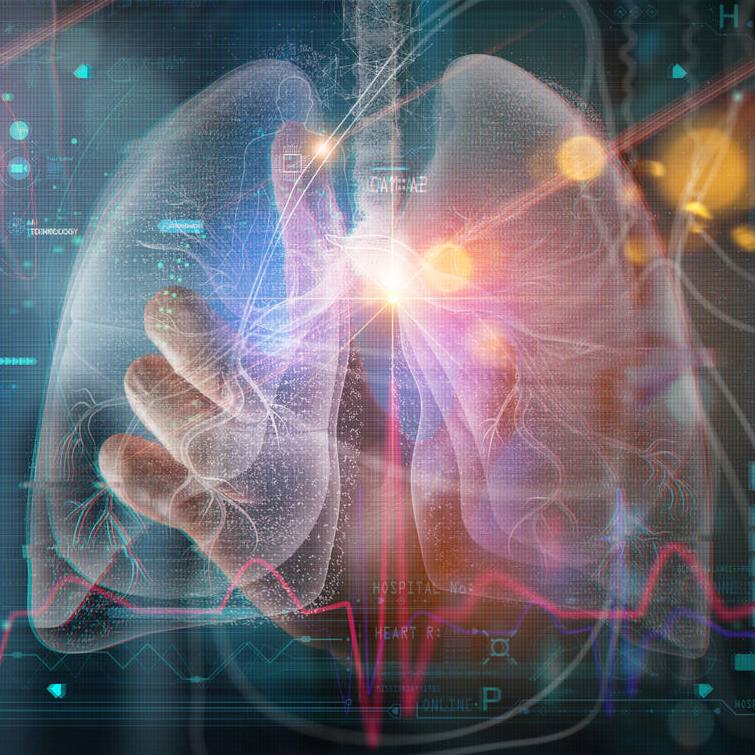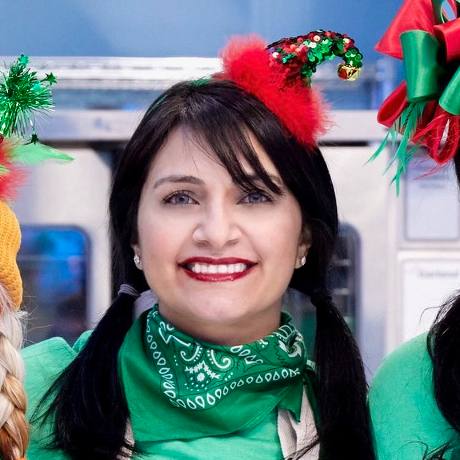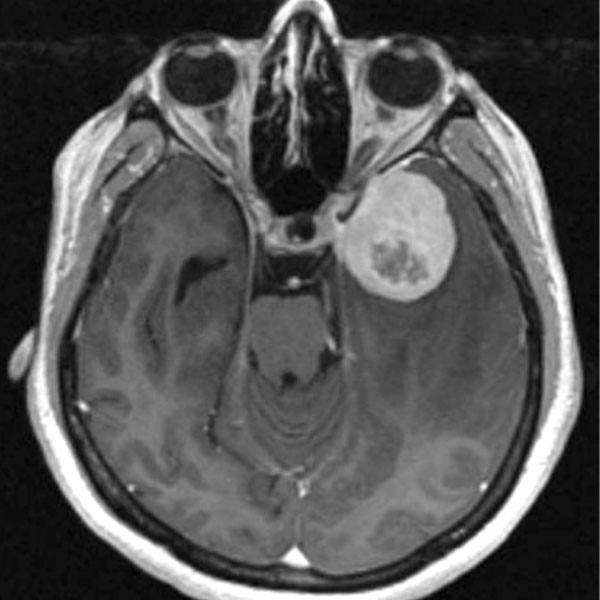Superheroes come in all sizes. At Mayo Clinic, some of the smallest are kids getting proton therapy treatment for cancer. Now staffers are giving these patients some special help in this tough fight.
Journalists: Broadcast-quality video (2:12) is in the downloads at the end of this post. Please "Courtesy: Mayo Clinic News Network." Read the script.
"We do this because cancer is a scary thing," says Mike Hamilton, a Mayo Clinic radiation therapist.
What these Mayo Clinic radiation therapists do is give kids in a cancer fight some superhero-inspired support.
"So these masks are used to hold the patient still during their radiation therapy treatments," explains Hamilton. "We use them to immobilize and accurately treat the tumors that are underneath. When it's not painted, it's a little scary."
Enter Hamilton and team. When they get done, the scary medical gear gets a powerful makeover.
"They know once they put the mask on, they're kind of like that superperson, and they can get through the treatment," says George Kozan, a Mayo Clinic radiation therapist. "And it kind of pushes them through."
"These masks are theirs," adds Hamilton, as he continues coloring on a mask. "There's a lot of pressure to get it right."
Each reusable mask starts as a flat piece of Kevlar that's warmed, molded and cooled to create a perfect fit for the patient.
"And these marks are for our alignment for treatment," adds Hamilton, referencing some of the writing on the mask. "So I don't want to go over those marks."
Coloring very carefully, these radiation therapists-turned-artists bring all kinds of patient requests to life, including lots of superheroes, as well as movie and cartoon characters.
"It's between patients, whenever we have some downtime or a break," says Andrew Saunders, a Mayo Clinic radiation therapist. "It takes me several hours."
"It does in a way take a bit of practice," Kozan adds.
They can be hours' of work, but, according to all involved, it's worth every minute.
"They don't get to decide when they come for treatment, what they have done for treatment," says Hamilton. "This is something they have for them. This is their say."
Parents love it.
"Our 11-year-old daughter, she has to have a mask to hold her head still during treatments," says Valentin Rivish, a parent of a patient. "It used to be this off-white-looking, plain mask, you know, that you wear. And now it looks very cool."
An appreciative parent is a good start, but it's the kids' feedback that really fuels this crew.
"I gotta say, yeah, the smile that I received for one of them said it all," says Kozan.
"The reaction of the patient is really what I want to see — something positive out of something that can be a negative experience," adds Saunders.
"It's not easy to wear the mask, but if it makes them brave, makes them get through their treatment a little easier, that's my goal," concludes Hamilton.
When the kids are done with treatment, they get to take home their mask, where it can serve as a reminder of their bravery during a tough time.







